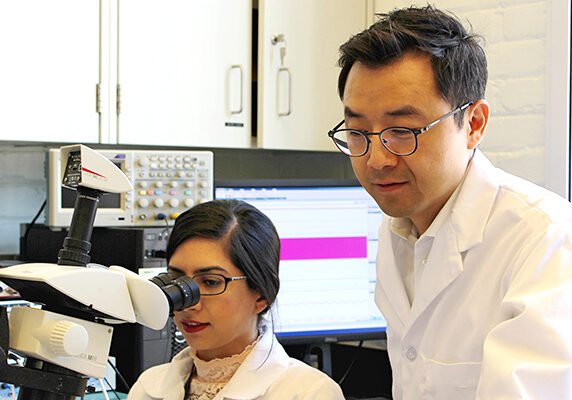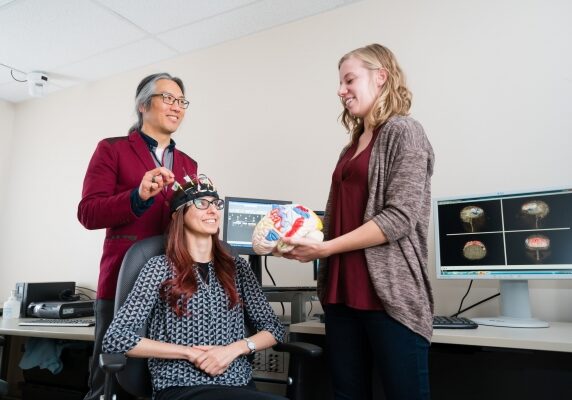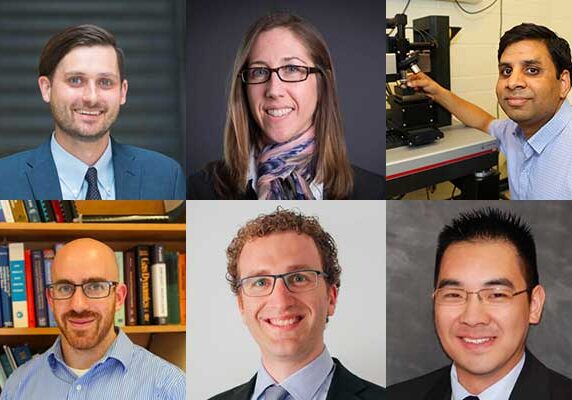
Early Researcher Awards support U of T Engineering research on smart materials, cancer technology and more
Awards provide critical support that helps promising scientists and engineers in the first five years of their academic careers build their research teams
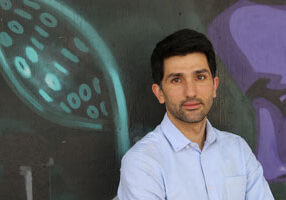
Multi-functional, modular nanoparticles could help fight cancer
New cancer-fighting nanoparticles developed at U of T Engineering carry out multiple functions to kill cancer cells while leaving healthy ones alone. They consist of a gold nanorod core (yellow, at left) surrounded by smaller gold spheres and linked via strands of DNA containing anti-cancer drug (red). The spheres are coated with a polymer film […]
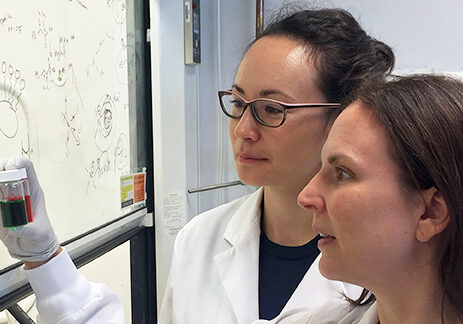
Understanding a key roadblock behind nanoparticle cancer drug delivery
A new paper from Prof. Warren Chan and colleagues is shedding light on how the liver interacts with nanoparticles
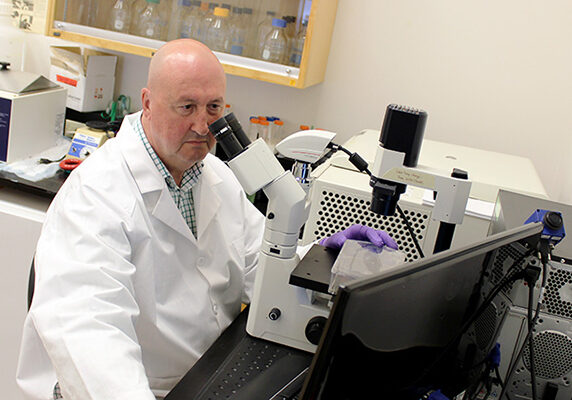
Engineering stem cells to enhance antibody therapy
Canadian researchers first to demonstrate that stem cells can be used to deliver antibodies more effectively than administration of the antibodies themselves

$31.6M investment will support lab infrastructure at U of T Engineering
Funding will accelerate infrastructure improvements across U of T Engineering, catalyzing world-class research and enhancing the student experience

11 U of T Engineering professors and alumni inducted into Canadian Academy of Engineering
Six professors and five alumni named fellows in the CAE’s Class of 2016

